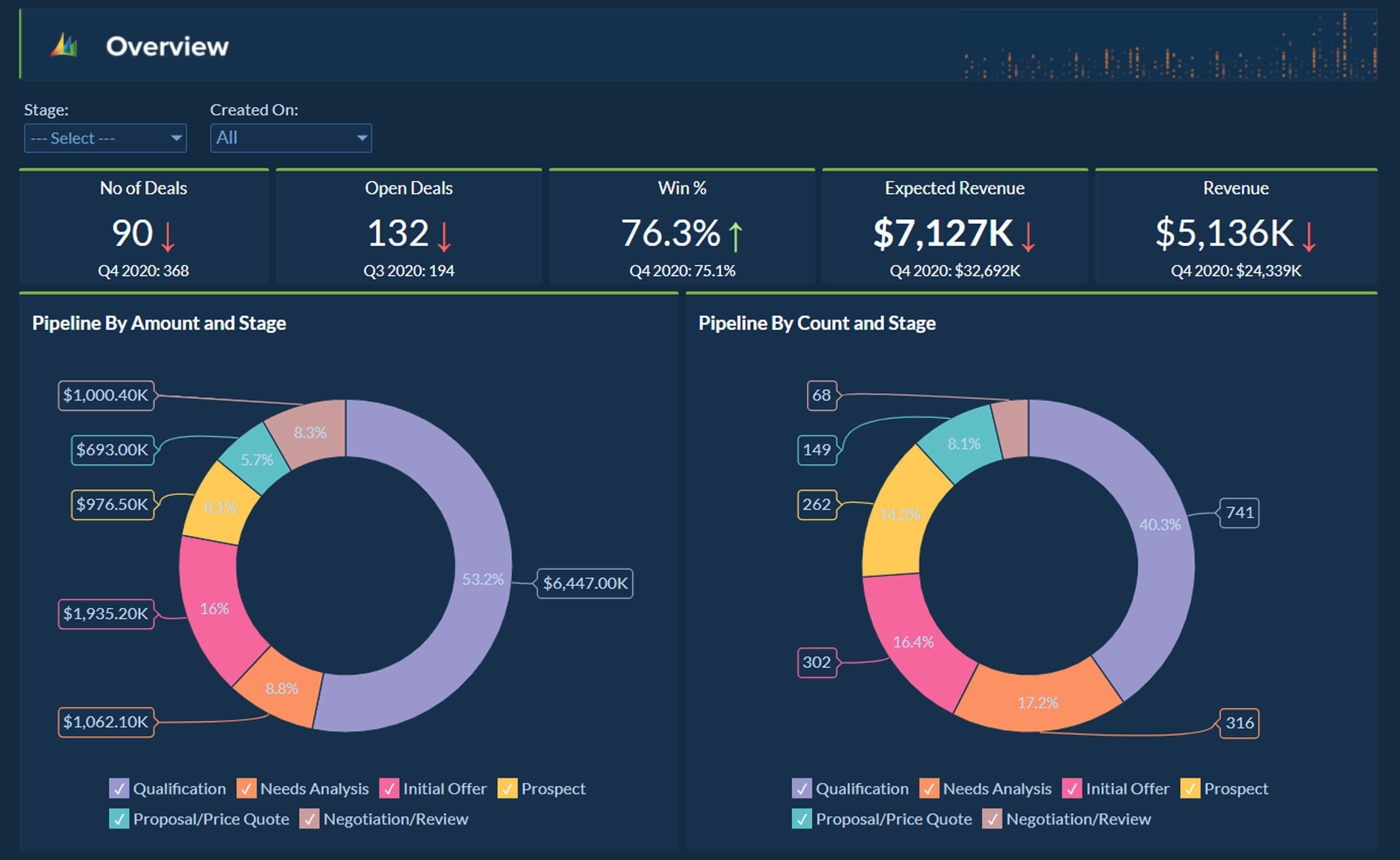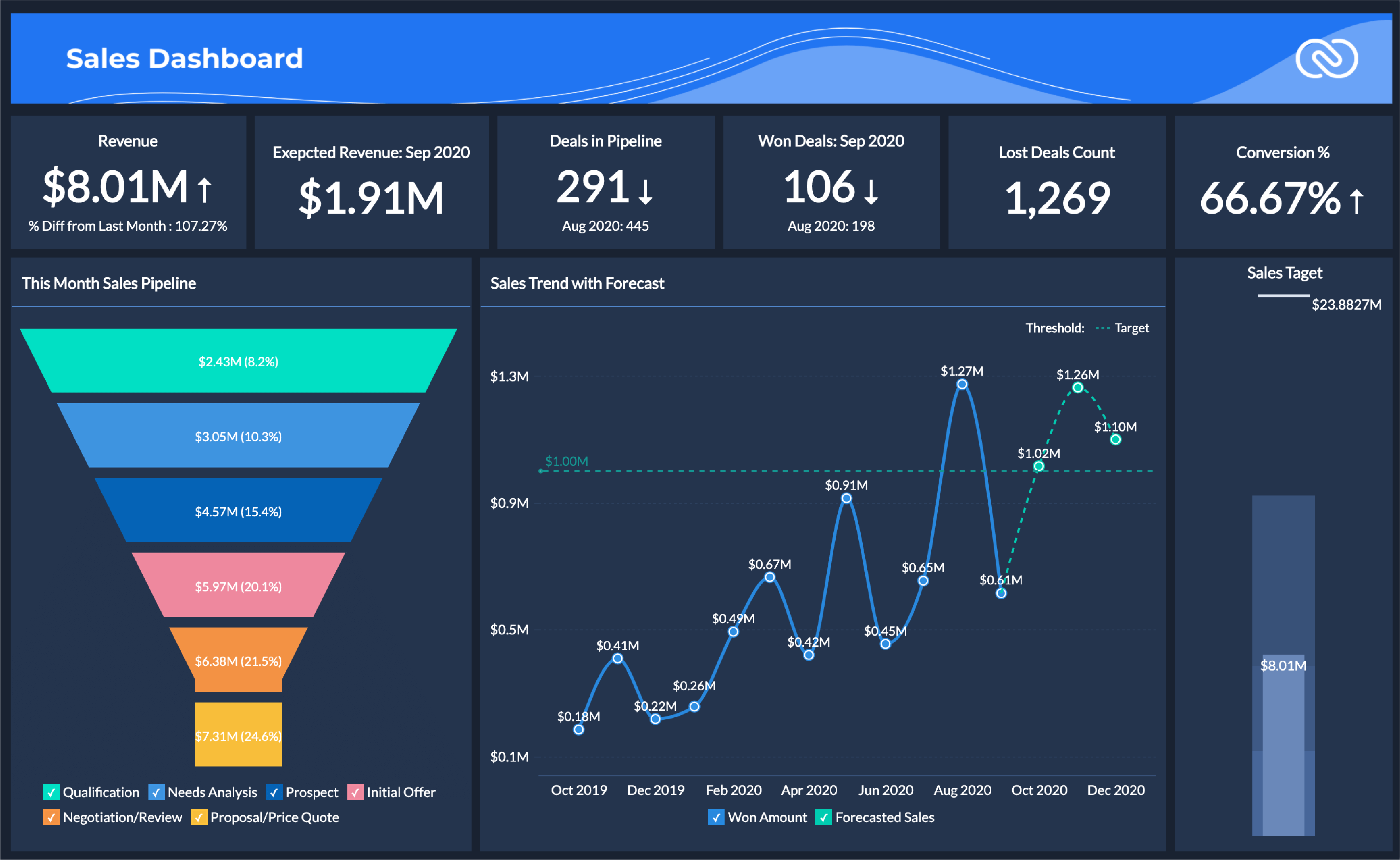As CRM and analytics take center stage, this comprehensive guide invites you to delve into the realm of data-driven customer relationship management. With a keen focus on extracting meaningful insights from CRM systems, we embark on a journey to unravel the transformative power of analytics in shaping customer experiences and driving business growth.
Throughout this discourse, we will explore the diverse applications of CRM analytics, ranging from customer segmentation and targeting to predictive modeling and real-time optimization. By harnessing the wealth of data available within CRM systems, organizations can gain an unparalleled understanding of their customers’ needs, behaviors, and preferences.
This knowledge empowers businesses to make informed decisions, personalize interactions, and deliver exceptional customer experiences that foster loyalty and drive profitability.
CRM Data Analytics

CRM (Customer Relationship Management) data analytics involves collecting, analyzing, and interpreting data from a CRM system to gain valuable insights into customer behavior, preferences, and trends. This data can help businesses improve customer segmentation and targeting, identify customer trends and patterns, and enhance overall customer engagement and satisfaction.
Types of Data Collected from CRM Systems
- Customer demographics (age, gender, location, etc.)
- Purchase history (products purchased, frequency, amounts, etc.)
- Customer interactions (calls, emails, website visits, etc.)
- Customer feedback (surveys, reviews, etc.)
- Sales pipeline data (leads, opportunities, conversions, etc.)
Improving Customer Segmentation and Targeting
Data analytics can help businesses segment customers into specific groups based on their demographics, behavior, and preferences. This allows businesses to tailor marketing campaigns and promotions to specific customer segments, increasing the effectiveness of marketing efforts and improving customer engagement.
Identifying Customer Trends and Patterns
Data analytics can help businesses identify trends and patterns in customer behavior, such as seasonal buying patterns, product preferences, and customer churn rates. This information can help businesses forecast demand, adjust inventory levels, and develop targeted marketing campaigns to address specific customer needs.
CRM and Predictive Analytics: Crm And Analytics
Predictive analytics is a powerful tool that can be used to forecast customer behavior. By analyzing historical data, businesses can identify patterns and trends that can help them predict future outcomes. This information can be used to improve sales and marketing campaigns, as well as to provide better customer service.
Using Predictive Analytics to Forecast Customer Behavior
Predictive analytics can be used to forecast customer behavior in a number of ways. One common approach is to use machine learning algorithms to build models that can predict the likelihood of a customer taking a specific action, such as making a purchase or churning.
These models can be used to identify customers who are at risk of churning and to target them with special offers or promotions.
Improving Sales and Marketing Campaigns
Predictive analytics can also be used to improve sales and marketing campaigns. By understanding which customers are most likely to respond to a particular campaign, businesses can target their marketing efforts more effectively. This can lead to increased sales and improved ROI.
Challenges and Limitations
While predictive analytics is a powerful tool, it is important to be aware of its challenges and limitations. One challenge is that predictive models are only as good as the data they are trained on. If the data is incomplete or inaccurate, the models will not be able to make accurate predictions.
Another challenge is that predictive models can be complex and difficult to interpret. This can make it difficult for businesses to understand how the models work and to make decisions based on their predictions.
Despite these challenges, predictive analytics is a valuable tool that can be used to improve CRM and customer service. By understanding which customers are most likely to take a specific action, businesses can target their marketing efforts more effectively and provide better customer service.
CRM and Real-Time Analytics
Real-time analytics is a powerful tool that can be used to improve customer service and support. By providing businesses with a real-time view of customer interactions, real-time analytics can help businesses identify and resolve customer issues quickly and efficiently.
Benefits of Using Real-Time Analytics in a CRM System
There are many benefits to using real-time analytics in a CRM system, including:
- Improved customer service: Real-time analytics can help businesses identify and resolve customer issues quickly and efficiently. By providing businesses with a real-time view of customer interactions, real-time analytics can help businesses identify potential problems before they become major issues.
- Increased sales: Real-time analytics can help businesses identify and target potential customers. By providing businesses with a real-time view of customer behavior, real-time analytics can help businesses identify opportunities to upsell and cross-sell products and services.
- Improved marketing: Real-time analytics can help businesses track the effectiveness of their marketing campaigns. By providing businesses with a real-time view of customer behavior, real-time analytics can help businesses identify which marketing campaigns are most effective and which campaigns need to be improved.
Examples of How Real-Time Analytics Can Be Used to Improve Customer Service and Support
There are many ways that real-time analytics can be used to improve customer service and support, including:
- Identifying customer issues: Real-time analytics can be used to identify customer issues quickly and efficiently. By providing businesses with a real-time view of customer interactions, real-time analytics can help businesses identify potential problems before they become major issues.
- Resolving customer issues: Real-time analytics can be used to resolve customer issues quickly and efficiently. By providing businesses with a real-time view of customer interactions, real-time analytics can help businesses identify the best way to resolve customer issues.
- Providing personalized customer service: Real-time analytics can be used to provide personalized customer service. By providing businesses with a real-time view of customer interactions, real-time analytics can help businesses identify the best way to serve each individual customer.
Challenges of Implementing and Maintaining a Real-Time Analytics System
There are some challenges to implementing and maintaining a real-time analytics system, including:
- Data collection: Collecting the data necessary for real-time analytics can be a challenge. Businesses need to be able to collect data from a variety of sources, including customer interactions, social media, and website traffic.
- Data analysis: Analyzing the data collected for real-time analytics can be a challenge. Businesses need to be able to identify the most important data and develop algorithms to analyze the data in real time.
- Data visualization: Visualizing the data collected for real-time analytics can be a challenge. Businesses need to be able to develop dashboards and reports that make the data easy to understand and use.
Despite these challenges, real-time analytics is a powerful tool that can be used to improve customer service and support. By providing businesses with a real-time view of customer interactions, real-time analytics can help businesses identify and resolve customer issues quickly and efficiently.
CRM Analytics Dashboards and Reporting

CRM analytics dashboards and reporting are essential tools for businesses to track progress, identify areas for improvement, and make data-driven decisions. By providing a visual representation of key metrics and insights, dashboards help businesses quickly and easily understand their CRM data.
Sample CRM Analytics Dashboard
A sample CRM analytics dashboard could include the following metrics and visualizations:
- Sales pipeline by stage
- Conversion rates by channel
- Customer lifetime value
- Customer churn rate
- Average sales cycle length
These metrics can be visualized using a variety of charts and graphs, such as bar charts, line charts, and pie charts. By visualizing the data, businesses can quickly see trends and patterns that would be difficult to spot in a spreadsheet.
Using CRM Analytics Dashboards
CRM analytics dashboards can be used to track progress towards goals, identify areas for improvement, and make data-driven decisions. For example, a business could use a dashboard to track its sales pipeline and identify which stages of the pipeline are causing the most delays.
The business could then focus on improving those stages to increase sales conversion rates.
Best Practices for CRM Analytics Reports
When creating CRM analytics reports, it is important to follow best practices to ensure that the reports are effective and easy to understand. Some best practices include:
- Use clear and concise language.
- Avoid jargon and technical terms.
- Use visuals to illustrate the data.
- Keep the reports focused and to the point.
- Distribute the reports to the right people.
By following these best practices, businesses can create CRM analytics reports that are informative, actionable, and easy to understand.
CRM Analytics Use Cases
CRM analytics empowers businesses to optimize customer interactions, enhance decision-making, and drive growth. Here are some notable use cases:
- Customer Segmentation:Identifying distinct customer groups based on demographics, behavior, and preferences, enabling tailored marketing campaigns.
- Predictive Lead Scoring:Assigning scores to leads based on their likelihood to convert, prioritizing sales efforts and optimizing lead nurturing.
- Customer Churn Prediction:Identifying customers at risk of leaving, allowing businesses to implement proactive retention strategies.
- Sales Forecasting:Analyzing historical data and trends to predict future sales performance, aiding in resource allocation and revenue projections.
- Cross-Selling and Upselling:Identifying opportunities to offer complementary products or services to existing customers, increasing revenue per customer.
Benefits and Challenges of CRM Analytics in Different Industries
| Industry | Benefits | Challenges |
|---|---|---|
| Retail |
|
|
| Healthcare |
|
|
| Manufacturing |
|
|
Common Pitfalls and Mistakes to Avoid, Crm and analytics
- Lack of Clear Objectives:Failing to define specific goals for CRM analytics can lead to unfocused efforts and ineffective results.
- Data Quality Issues:Using inaccurate or incomplete data can compromise the reliability of analytics insights.
- Overreliance on Automation:While automation can streamline processes, it’s essential to maintain human oversight and avoid relying solely on algorithms.
- Misinterpretation of Results:Incorrectly interpreting analytics findings can lead to misguided decision-making.
- Ignoring Ethical Considerations:It’s crucial to use CRM analytics responsibly and ethically, respecting customer privacy and avoiding bias.
Future of CRM Analytics
The future of CRM analytics is promising, with emerging trends and technologies set to revolutionize the way businesses use data to understand and engage with their customers. One of the most significant trends is the rise of artificial intelligence (AI) and machine learning (ML), which are already being used to automate many tasks in CRM, from data collection and analysis to customer segmentation and predictive modeling.
AI and ML can help businesses to identify patterns and trends in customer data that would be impossible to find manually. This can lead to better decision-making, improved customer experiences, and increased sales and profits.
Potential Impact of AI and Machine Learning on CRM Analytics
- Improved customer segmentation:AI and ML can be used to automatically segment customers based on their demographics, behavior, and preferences. This information can then be used to tailor marketing campaigns and customer service interactions to each segment.
- Predictive analytics:AI and ML can be used to predict customer behavior, such as their likelihood to purchase a product or churn. This information can be used to identify at-risk customers and take steps to prevent them from leaving.
- Automated customer service:AI and ML can be used to automate many customer service tasks, such as answering questions, resolving complaints, and scheduling appointments. This can free up human customer service representatives to focus on more complex tasks.
Last Point

In conclusion, CRM analytics has emerged as a cornerstone of modern customer relationship management. By leveraging data analytics techniques, organizations can transform their CRM systems into powerful tools for understanding, engaging, and retaining customers. As we look to the future, the convergence of CRM and analytics will continue to shape the landscape of customer relationship management, enabling businesses to achieve unprecedented levels of customer satisfaction and drive sustainable growth.